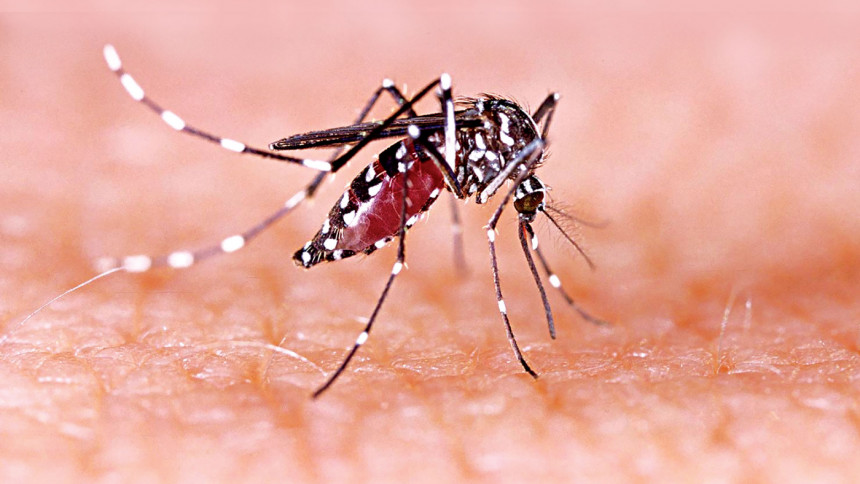
Dengue fever, a mosquito-borne viral disease, has emerged as a serious public health concern in Bangladesh. The disease, caused by the dengue virus and primarily transmitted by the Aedes aegypti mosquito, has seen an alarming rise in cases, especially during the monsoon season. While dengue was once considered a seasonal issue, Bangladesh is now experiencing year-round cases, intensifying the need for effective disease control measures.
The growing threat of dengue: Dengue was first identified in Bangladesh in 2000. Since then, the country has faced almost yearly outbreaks. The situation worsened in 2019, when more than 100,000 cases and over 150 deaths were reported, marking the worst dengue outbreak in the country's history.
Several factors have contributed to this rise. Rapid urbanisation, poor waste management, and lack of sanitation create ideal breeding conditions for Aedes mosquitoes. These mosquitoes lay eggs in stagnant water found in household items like flowerpots, tires, and open containers. High population density in urban areas, especially in Dhaka, has made the virus easier to spread.